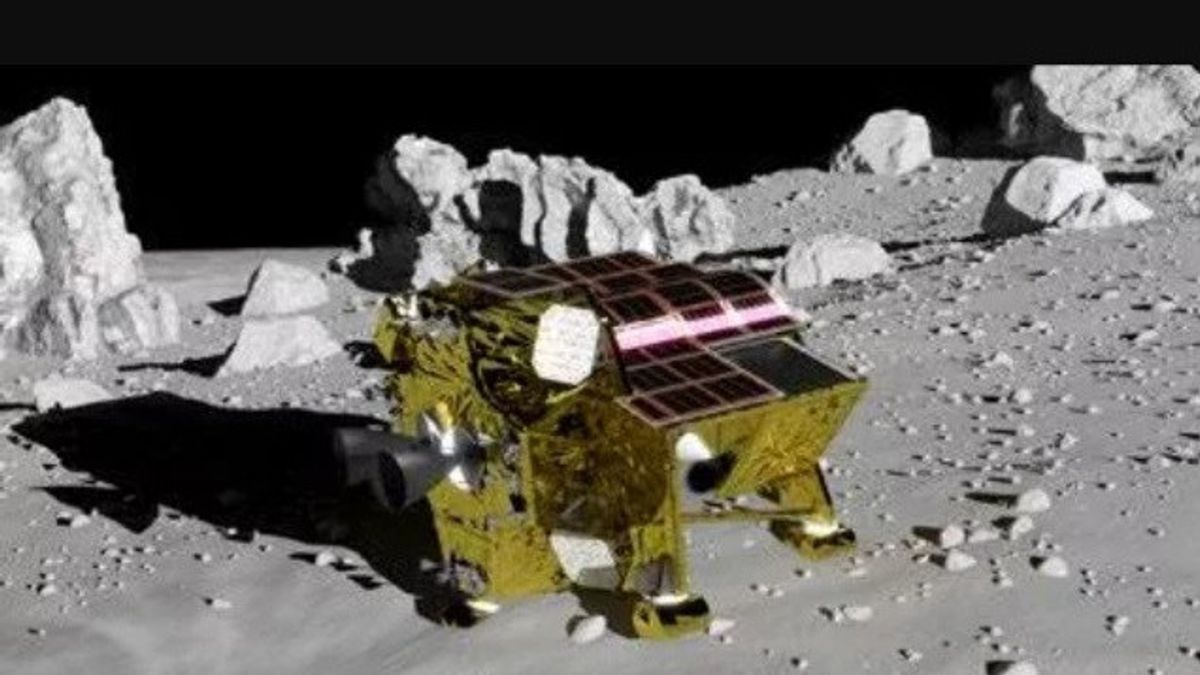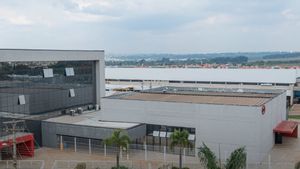JAKARTA - The Japan Space Agency (JAXA) is preparing to launch the lander to the Moon on August 26 at 9.34 JST local time.
The lander named Smart Lander for Investigation Moon (SLIM) will board the country's rocket, H-2A.
SLIM is launched to demonstrate accurate lunar landing techniques, helping to make landing areas more challenging and accessible in the future.
This small-scale lunar mission has a height of 2.4 meters, a width of 2.7 meters, and a depth of 1.7 meters. SLIM will land within 100 meters of its target point in Shioli Crater.
The crater is a relatively fresh 300-meter-wide area on Mare Nectary, which is the close side of the Moon. This location was selected using observational data from the Japanese SELENE (Kaguya) orbiter, which was launched in 2007 and passed to the Moon in 2009.
The spacecraft is equipped with a landing radar to descend to the lunar surface and will use image matching navigation and obstacle detection.
SEE ALSO:
The impact of landing will be absorbed using a destroying aluminum foam base. Once it arrives on the Moon, it will use a multiband camera to assess the local mineralogi environment, with a particular interest in olivine, which may come from the lunar mantle.
Selain itu, SLIM juga membawa lakak retroreflektor laser kecil. Kemudian, pendarat juga membawa Misi Pencitraan dan Spectroskopi X-ray (XRISM), yaitu misi kolaborasi JAXA-NASA yang juga melibatkan partisipasi Badan Antariksa Eropa (ESA).
According to JAXA, the SLIM mission will open up human knowledge of the Solar System by accessing certain sites that are very interesting and indeed, necessary to advance deeper understanding.
The mission is also a test that JAXA hopes will help accelerate the exploration of the Solar System through the use of a lighter exploration system.
SLIM architectures can make landings on the Moon and planets more economical, save heavily (can be used for science) and even lead to targeted small sample return missions.
In fact, Japan has also made a moon landing with Hakuto-R which is a personal mission, aka built by the company ispace, to reach its lunar orbit earlier this year. Unfortunately, he fell while trying to land. This was quoted from Space, Saturday, July 29.
The English, Chinese, Japanese, Arabic, and French versions are automatically generated by the AI. So there may still be inaccuracies in translating, please always see Indonesian as our main language. (system supported by DigitalSiber.id)

















